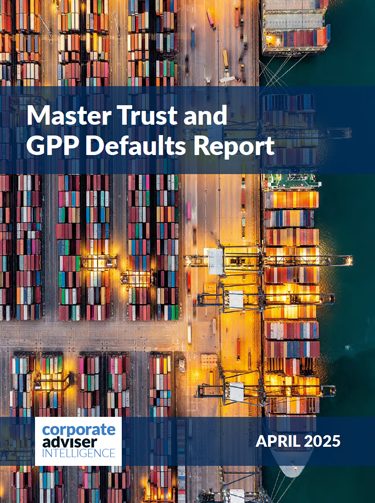Nobody likes it when their bills go up but imagine finding out that your ever-increasing gas bill was also subsidising the cost of heating the 10-bedroom mansion you wish you could live in but are unlikely to be able to. Unfair right? And yet this is what’s currently happening to some members.
The Government recently closed its consultation on raising the general levy rates which recover funding provided by the DWP to The Pensions Regulator (TPR), the Money and Pensions Service (MaPS) and The Pensions Ombudsman (TPO); a real concern to the PLSA Master Trust Committee,
Even before any increase, the 10 master trust pension schemes making up that committee – including The People’s Pension – are unfairly liable for a quarter of the overall general levy bill, despite only holding around 2 per cent of the occupational pension sector’s assets. Master trust pension schemes are not, generally, complaining about what the levy funds. We recognise the need for the sector to be well regulated.
Rather, the issue is more the way that the levy is calculated; on a per member basis. This means that schemes with many members, but a small pool of assets make far higher levy payments than those that have a large asset pool and fewer members. Newer savers brought into pension saving through automatic enrolment effectively cross subsidise the regulation of far bigger pension pots and defined benefit schemes (DB), a benefit type to which most will never have had access.
By 2020-21, one of the UK’s largest master trusts, The People’s Pension, would alone pay nearly 7 per cent of the total general levy as it is currently calculated despite assets of just £8bn. Compare that to the largest pension fund in the UK. On assets of £60bn the largest fund – currently USS – would pay around £390,000. The Peoples Pension on assets under management of £8bn, would be liable for £2.9m.
So, the levy needs to change. The question is how. The government’s consultation paper stated that their favoured option for reform is an industry working group that would propose a solution. This is, on the surface a good idea. But we can see two problems with it: first, there is a consensus in the pensions sector that the levy should change. At the moment, though, the pensions sector’s critique of the levy is a lot sharper than its sense of what will come next. At some point, the sector is going to have to move past its current feelings of grievance and begin to outline what should happen next. Second, this is a zero-sum problem. If the levy is going to be re-configured, then some schemes may have to pay more than they are at the moment. Achieving consensus on how this is to be achieved is going to be difficult.
Our view is that there are two ways forward here. The first is transparency. At the moment, it is virtually impossible to understand how TPR spends its resources. Understanding what the split in the cost of regulation is between DC and DB would root the debate about the future levy in fact. It would also help the pensions sector understand cost pressures that the regulator is under more generally. Something similar is true of MaPS and the Ombudsman, where further understanding the costs of running both bodies would be extremely helpful.
The second is principles. In order to achieve consensus on reform of the levy, the sector is going to have to find points of agreement. It is often easier to look for agreement in the abstract and then apply that to real life than it is to look immediately at the detail of an issue and attempt to find agreement there.
For that reason, we’ve put together three principles that we think should underpin the reform of the levy.
We believe a well-designed levy should do three things.
Firstly, provide a stable revenue stream for MaPS, TPO and TPR.
Secondly there should be limits on cross subsidy. Cross subsidy is an inevitable feature of levies and is in some cases desirable, but it should be limited. The costs of “greater good” regulation should not fall disproportionately on any one group of levy payers and schemes should generally fund the regulation of the benefits they offer.
Finally the levy should be consistent with government policy for the pensions market. It should not focus on any one market sector or create perverse commercial incentives.
It is obvious both from the way the levy falls on the sector and the fact that TPR is developing a funding deficit that the levy has been left without a review for far too long.
What we need now is both a review and intent within DWP and the wider pensions sector to develop a consensus on what needs to change – with regular reviews in the future. Spending time looking for agreement on the principles supporting a good levy rather than rushing to solutions will give us the best chance of finding consensus and through consensus, a fairer levy.





